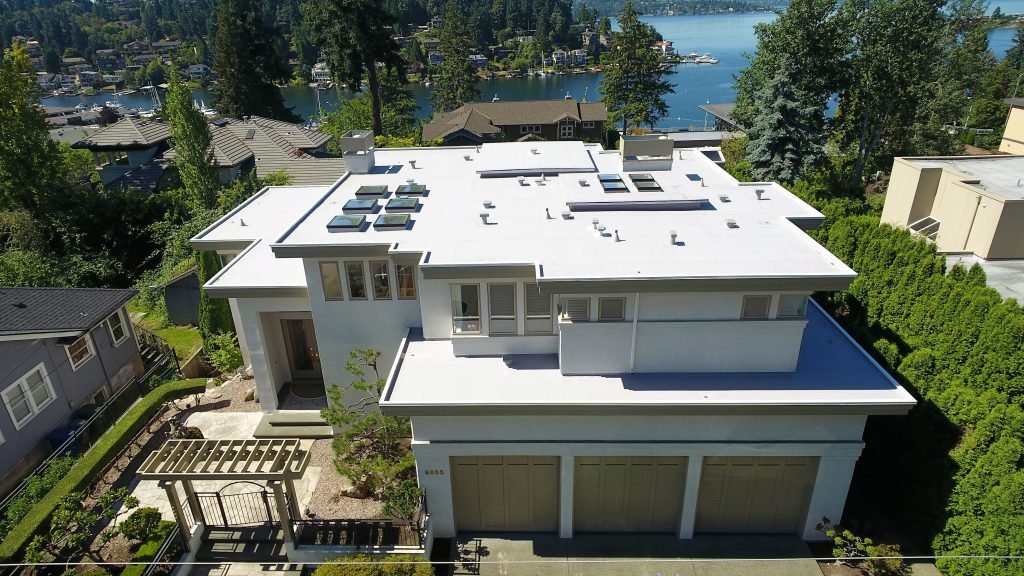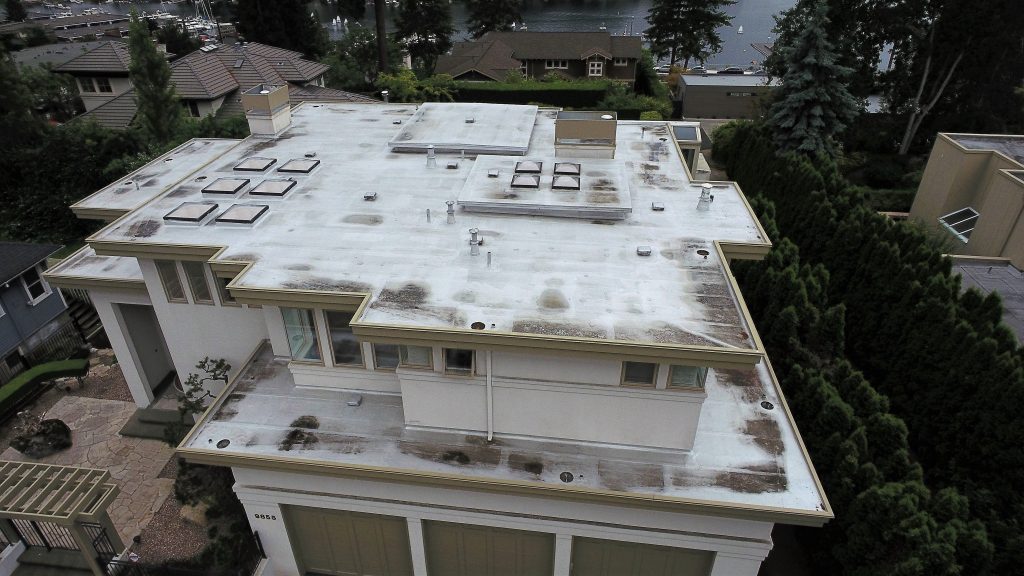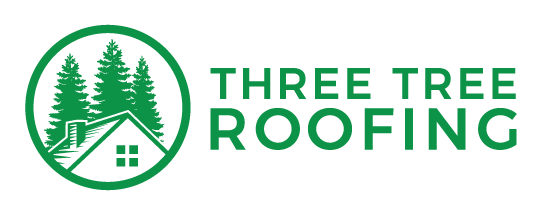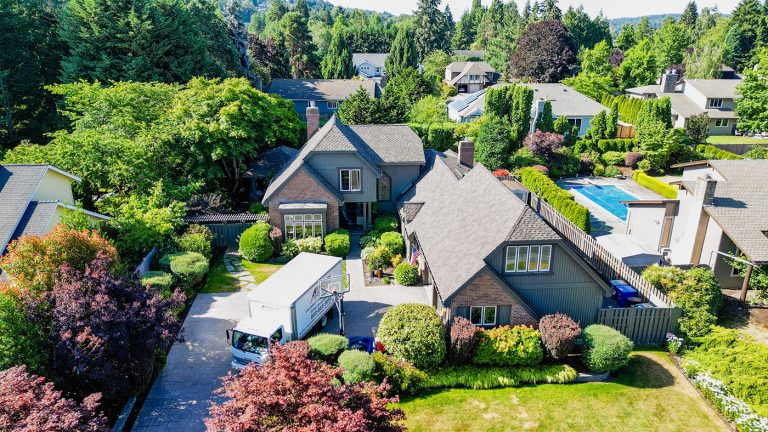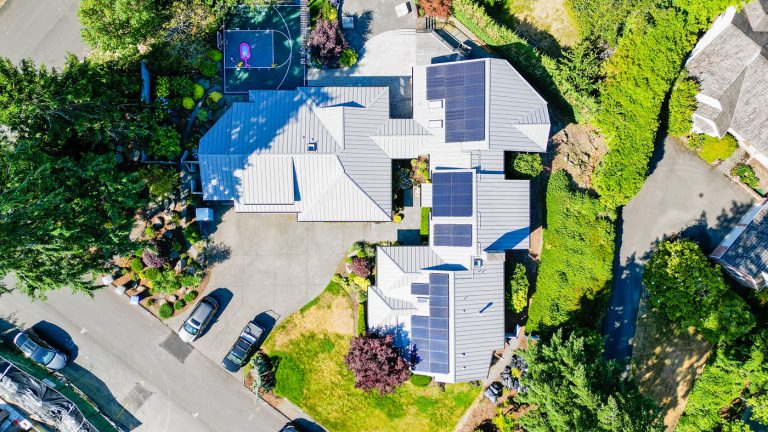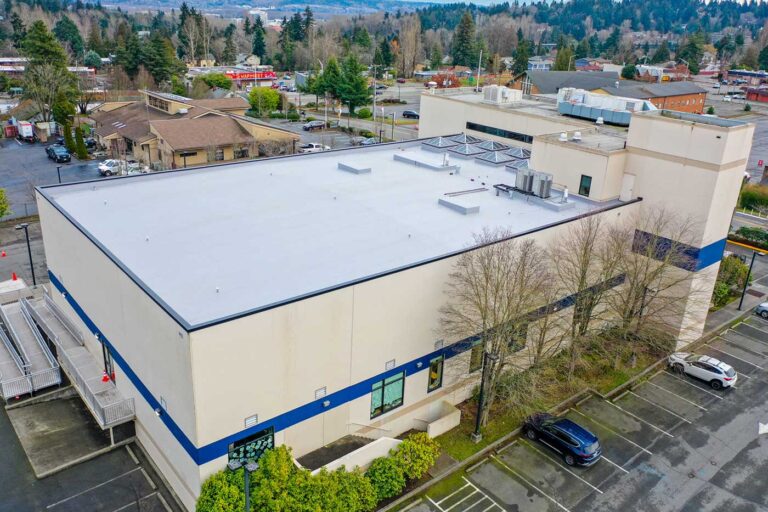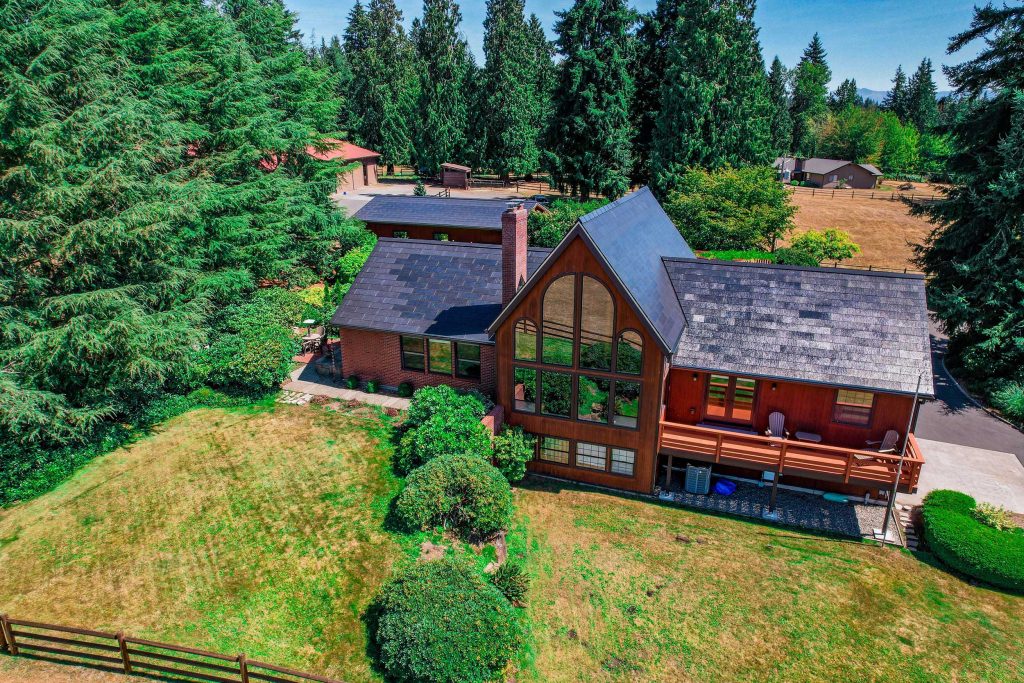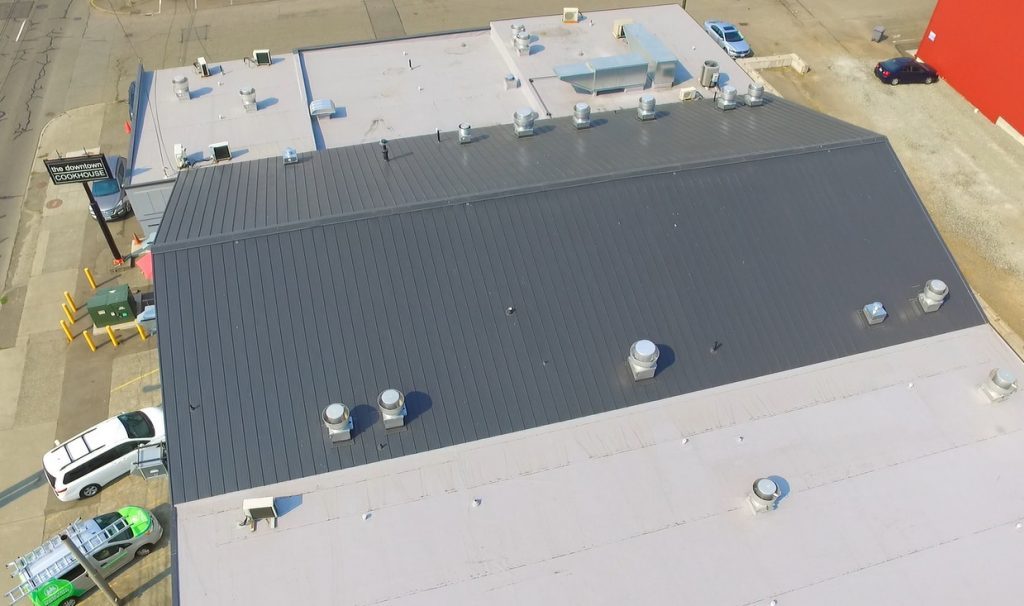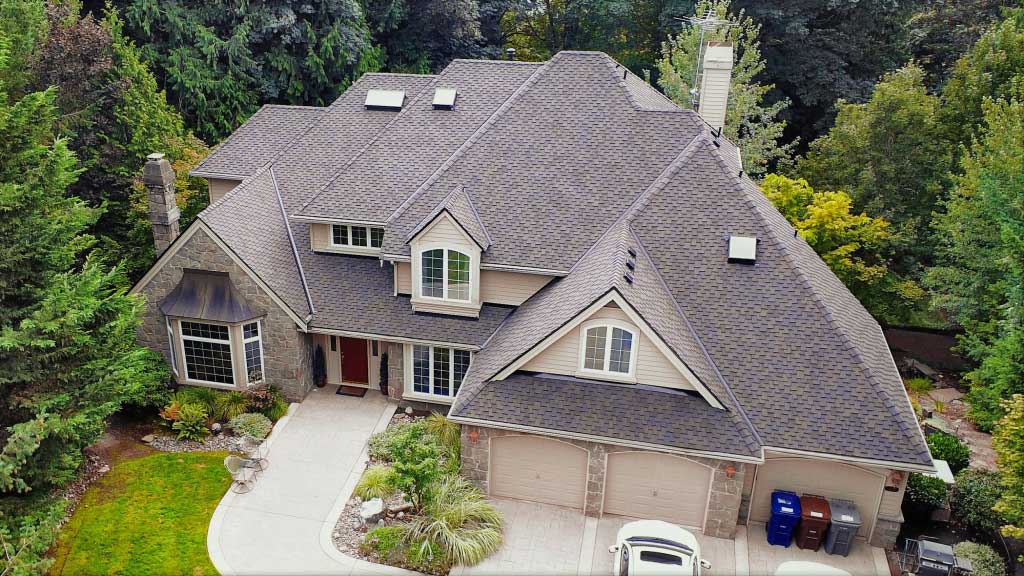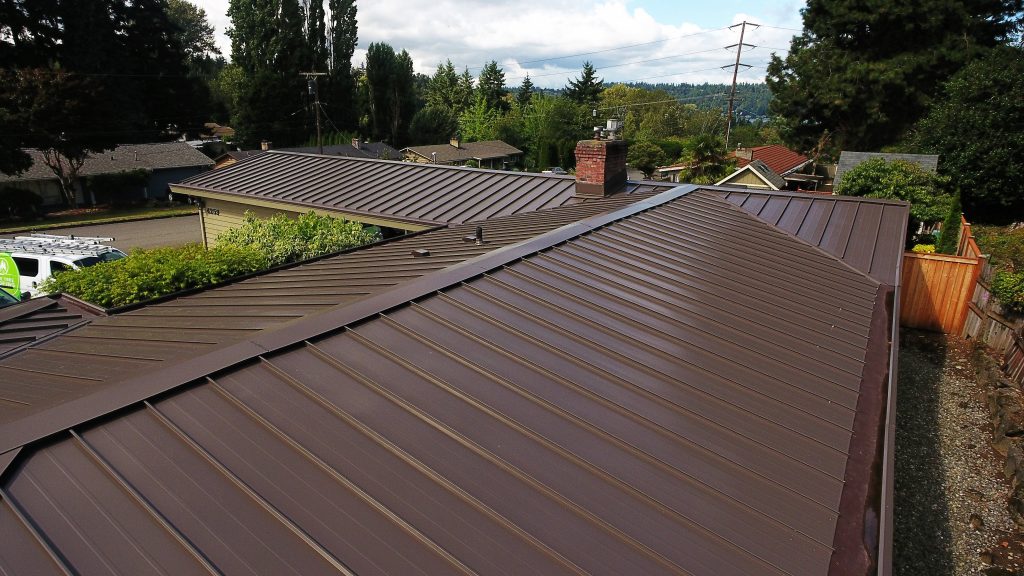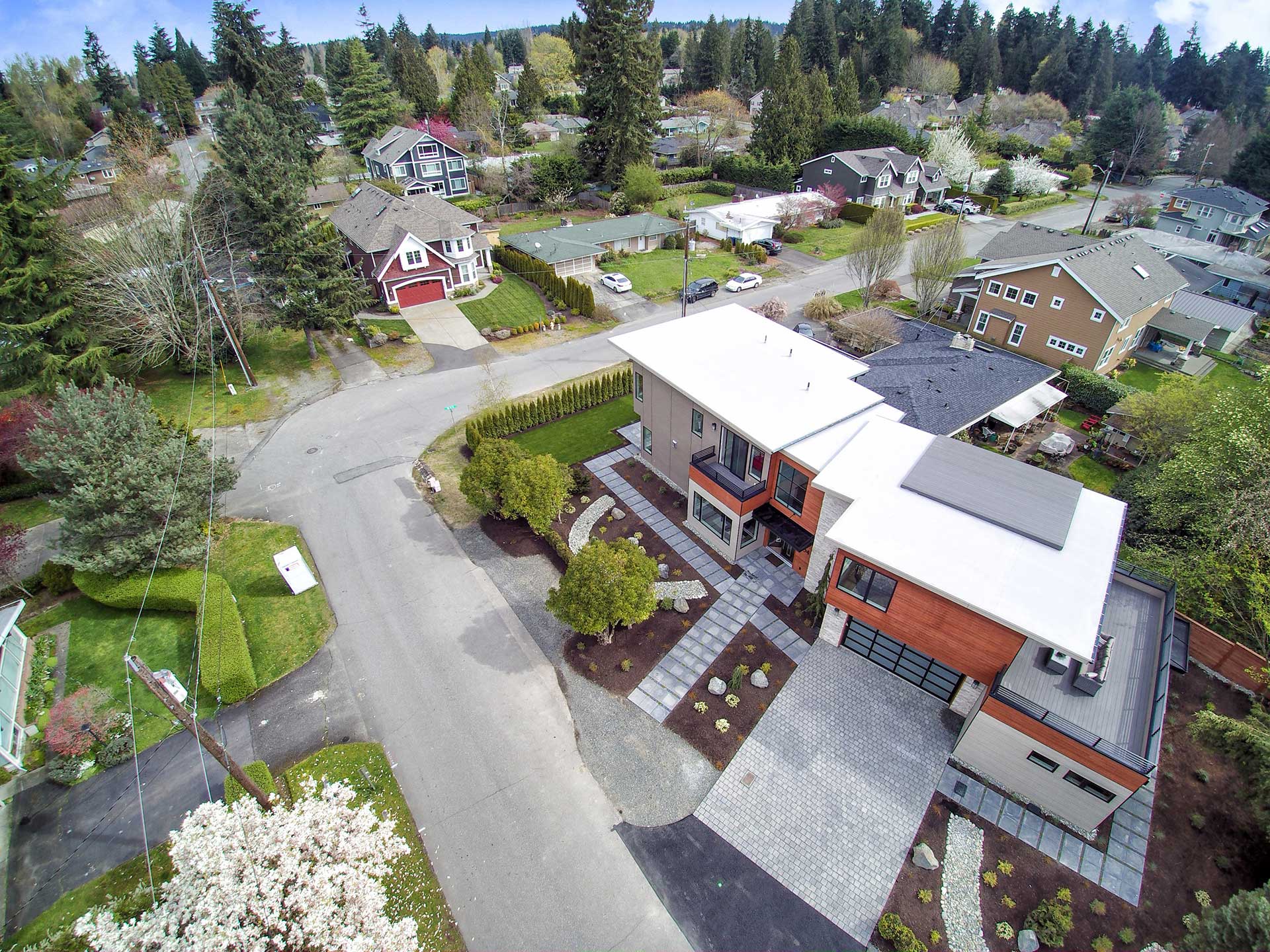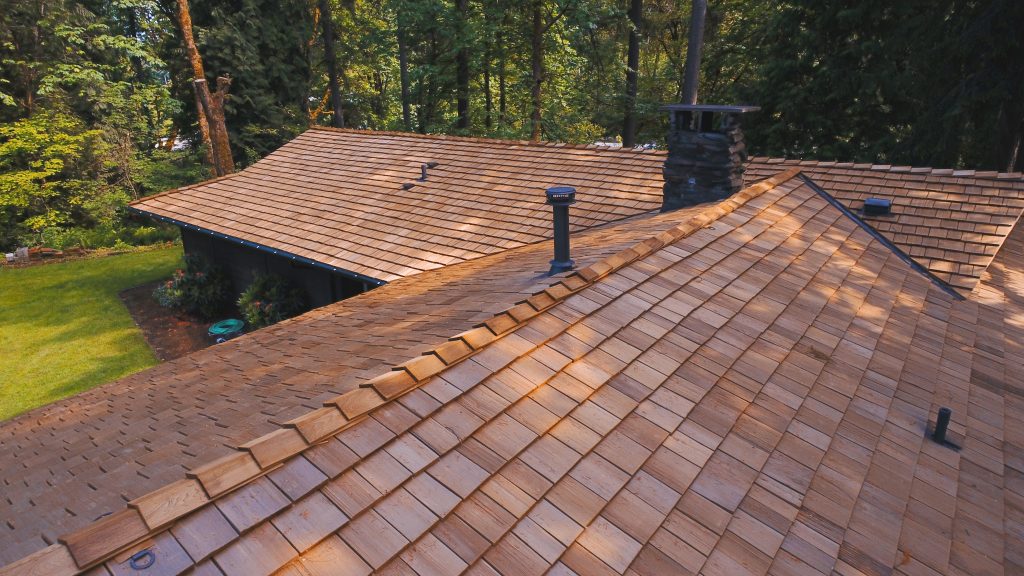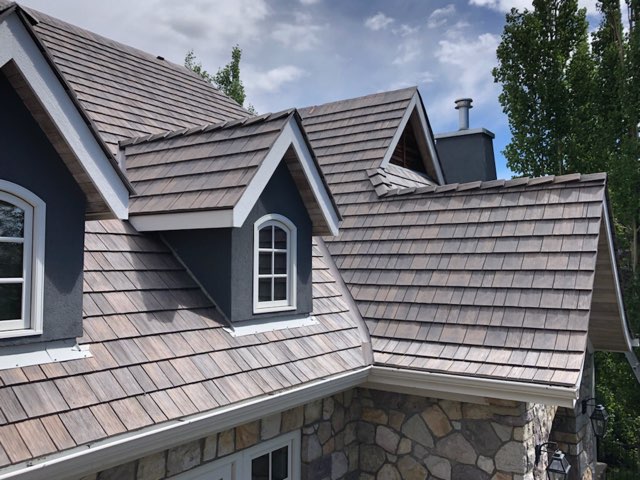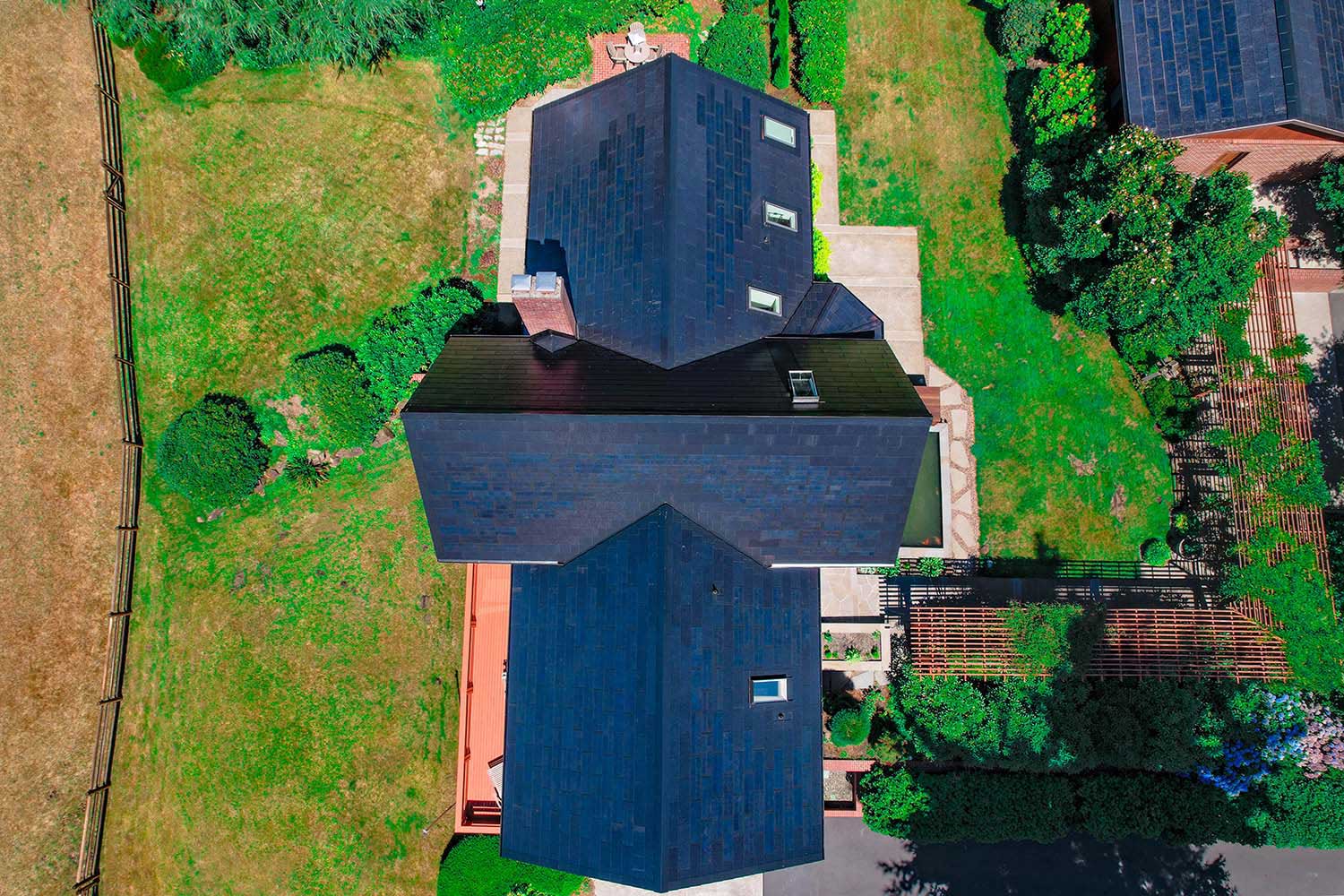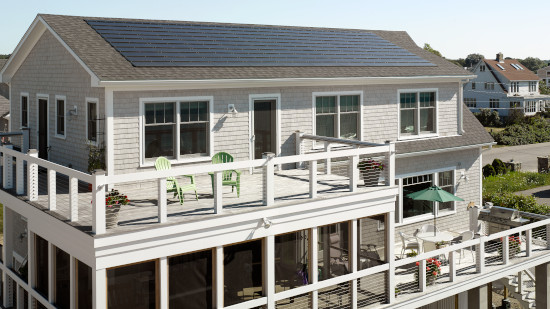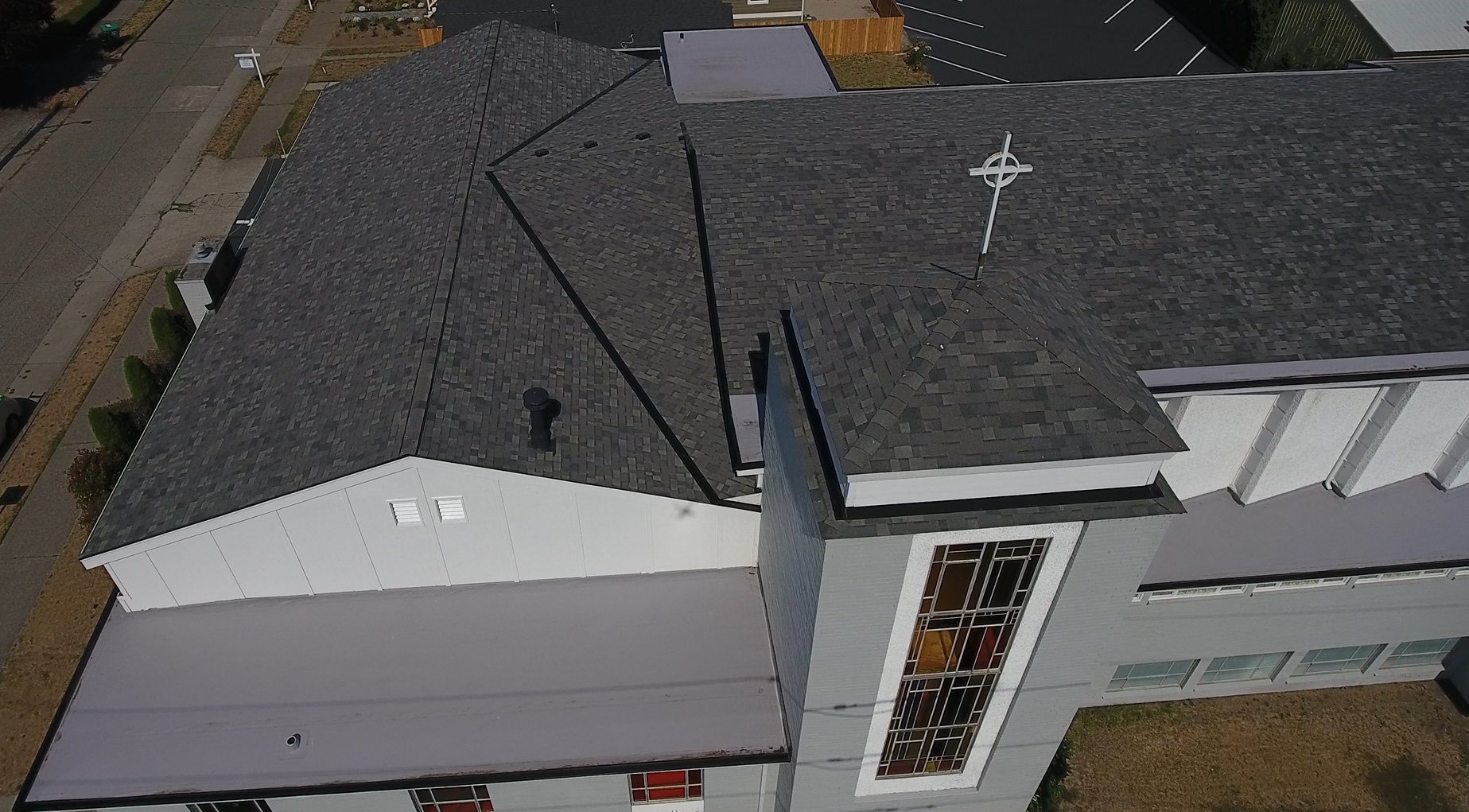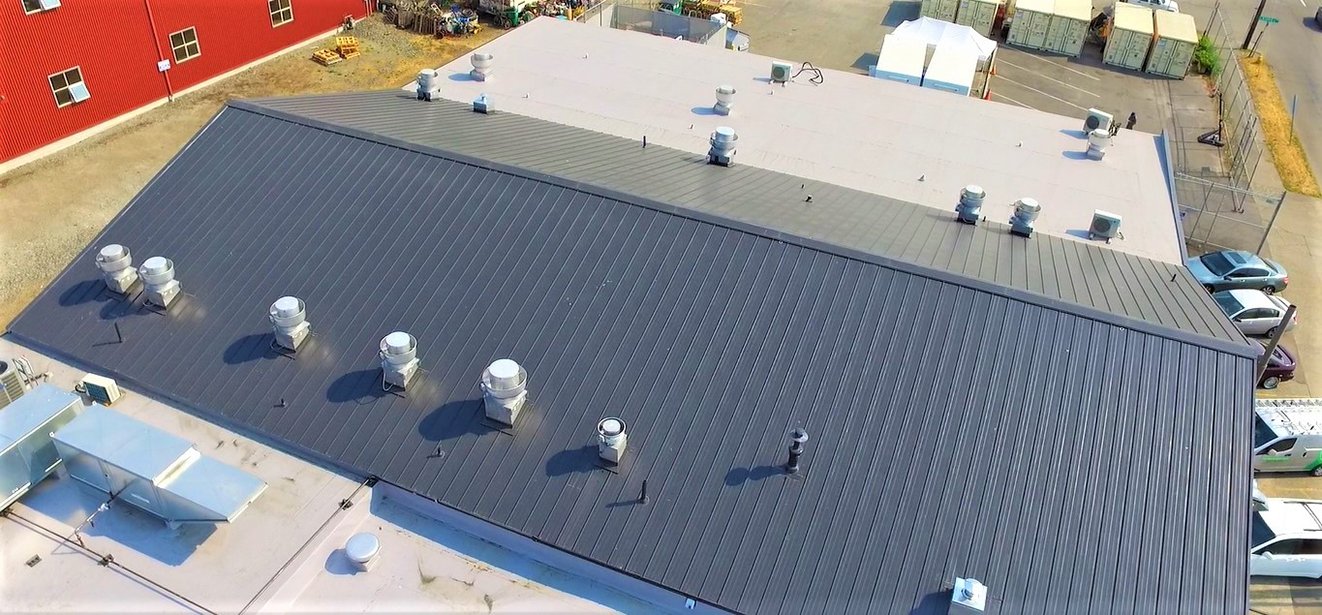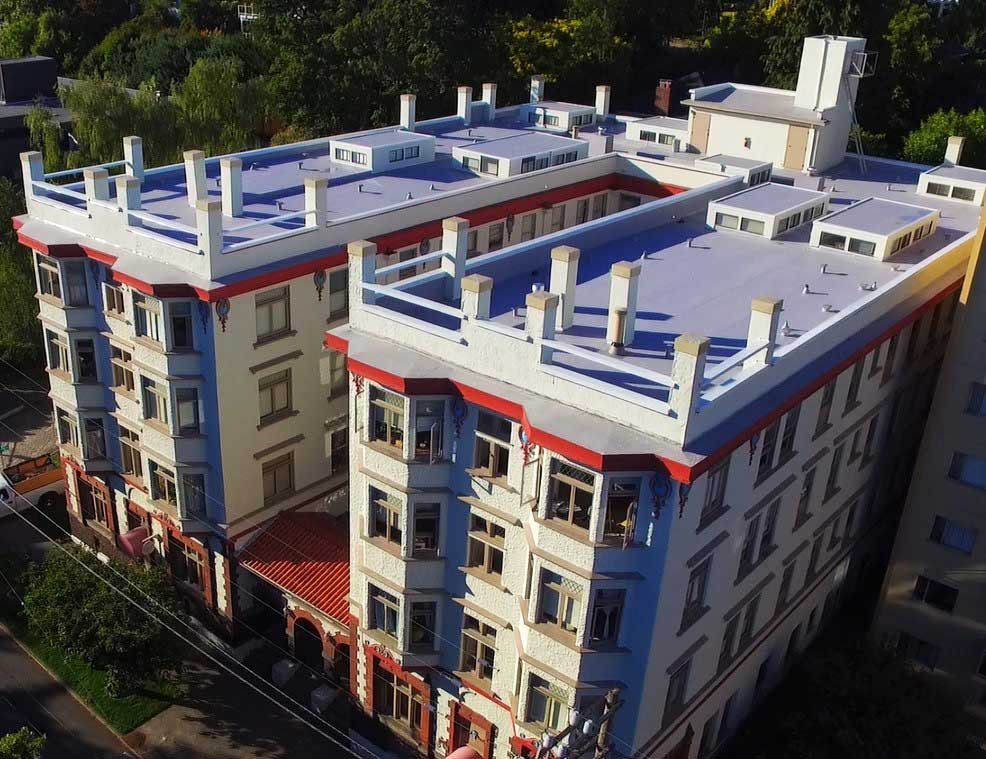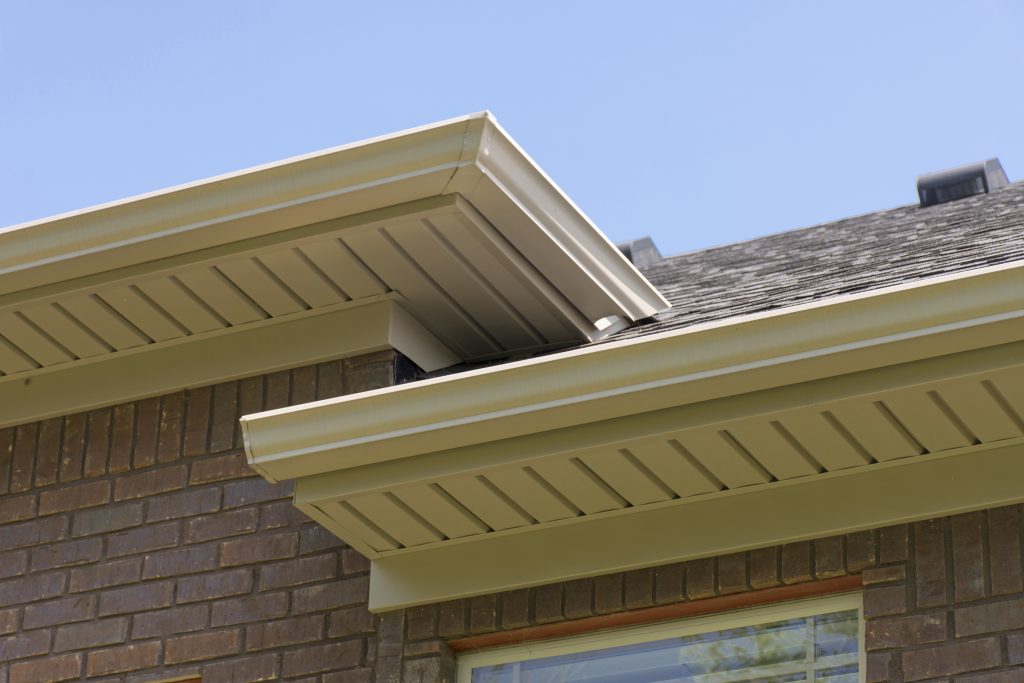Are you planning a flat roof replacement? Understanding the costs and key considerations can help you make informed decisions. This guide covers everything you need to know, from material choices to budget tips.
Key Takeaways
- Flat roof replacement costs vary widely, with total expenditures typically ranging between $10,000 and $22,500 or more for a typical 1,500 square foot roof.
- Key factors influencing replacement costs include roofing materials, roof size and accessibility, the existing roof’s condition, and labor costs, which can vary significantly by location.
- Choosing durable roofing materials like TPO or PVC can reduce long-term expenses, while professional installation ensures compliance with the manufacturer warranty, building codes and minimizes future repair risks.
Understanding Flat Roof Replacement Costs
The process of replacing a flat roof can involve variable expenses. These variable expenses change based on a number of factors such as roofing materials selected. For a typical flat roof covering 1,500 square feet, you can anticipate total costs ranging from approximately $10,000 to $22,500 or more. It’s important to incorporate these potential costs into your financial planning and project preparations. Knowing these price points aids in setting appropriate financial expectations and helps cushion against unforeseen fiscal demands.
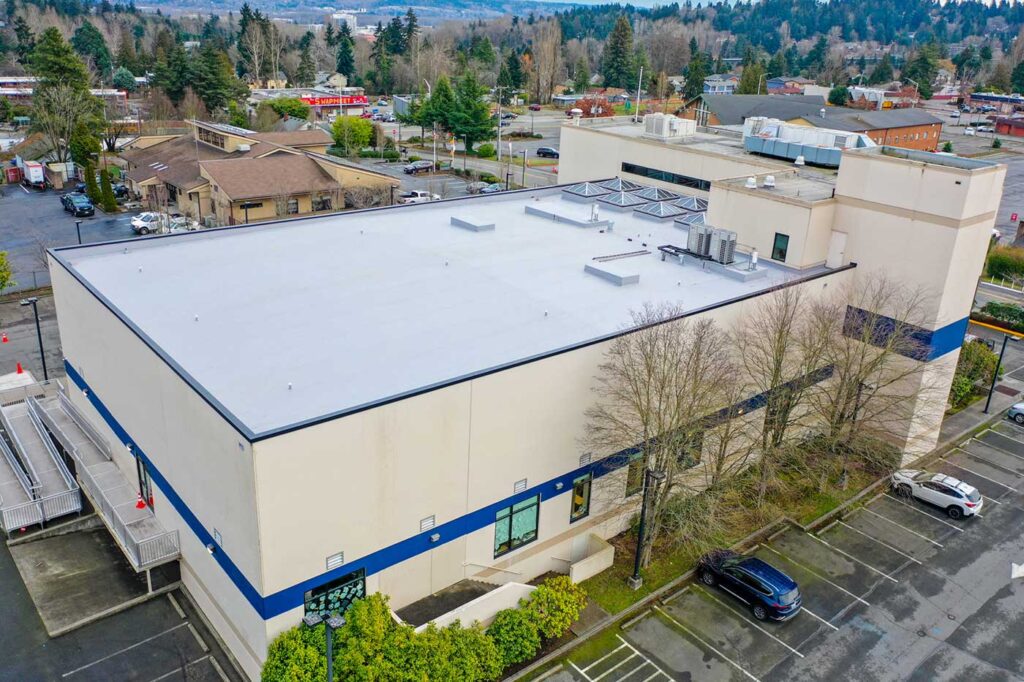
Key Factors Influencing Flat Roof Replacement Costs
Understanding the crucial elements that affect the cost of replacing a flat roof can help in more effectively managing your budget. The final cost is significantly shaped by various components such as:
- The materials selected for use
- The overall dimensions of the roof
- How easily workers can access the roof
- The state of the current roofing structure
- Costs associated with labor.
- The hidden cost of a poorly installed roof.
These factors are central to determining the total expenditure and should be thoughtfully evaluated when considering a flat roof replacement.
Roofing Materials
The selection of materials for a flat roof significantly influences the overall cost of its replacement. Prices vary according to the material used, with approximate costs as follows:
- TPO falls within a moderate range, often slightly higher depending on quality and installation.
- PVC roofing generally commands higher prices due to its durability and longevity.
- Metal roofs present a broader spectrum in cost, extending up to more premium pricing based on material type and complexity.
Materials like thermoplastic polyolefin (TPO) represent a middle ground in terms of price while still offering reliable durability when replacing flat roofs. The expenditure on built-up roofing systems and polyurethane foam solutions can also vary widely, heavily determining your budgetary allocations.

Selecting an appropriate roofing material is crucial not only because it affects initial outlay but also due to its impact on the long-term performance efficiency of the roof itself. As an example, integrating polyiso insulation with reflective roofing membranes can increase energy efficiency by trapping warmth during colder months while deflecting solar rays throughout warmer periods. Such strategies should reflect both financial considerations and desired functional outcomes.
Opting for more resilient materials may result in greater longevity and reduced necessity for repairs down the line when dealing with flat roofs. Preferred options include TPO or PVC among others—each contributing their own set of advantages regarding lifespan extension as well as unique pricing implications—ultimately informing your decision based upon specific needs coupled with regional weather patterns.
Roof Size
The dimensions of your flat roof are a crucial element when it comes to estimating the cost for its replacement, with larger roofs necessitating increased quantities of materials and labor that contribute to higher total costs. These expenses are typically assessed based on the entire roof area, meaning that an expansive roof will likely require a more substantial financial plan given its size.
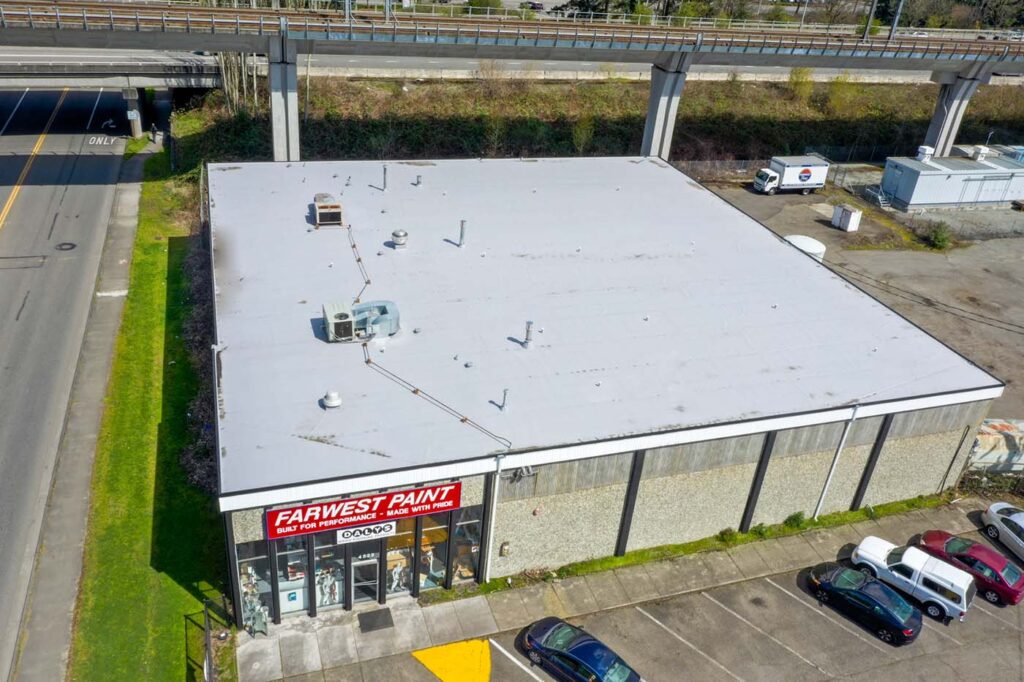
Roof Accessibility
When planning your roofing project, it’s vital to consider that the ease of access to your roof significantly influences labor costs. The more challenging a roof is to reach, due in part to obstacles like limited workspace or being located on a multi-story building, the higher the labor fees will be because of the additional time and effort needed for flat roof installations.
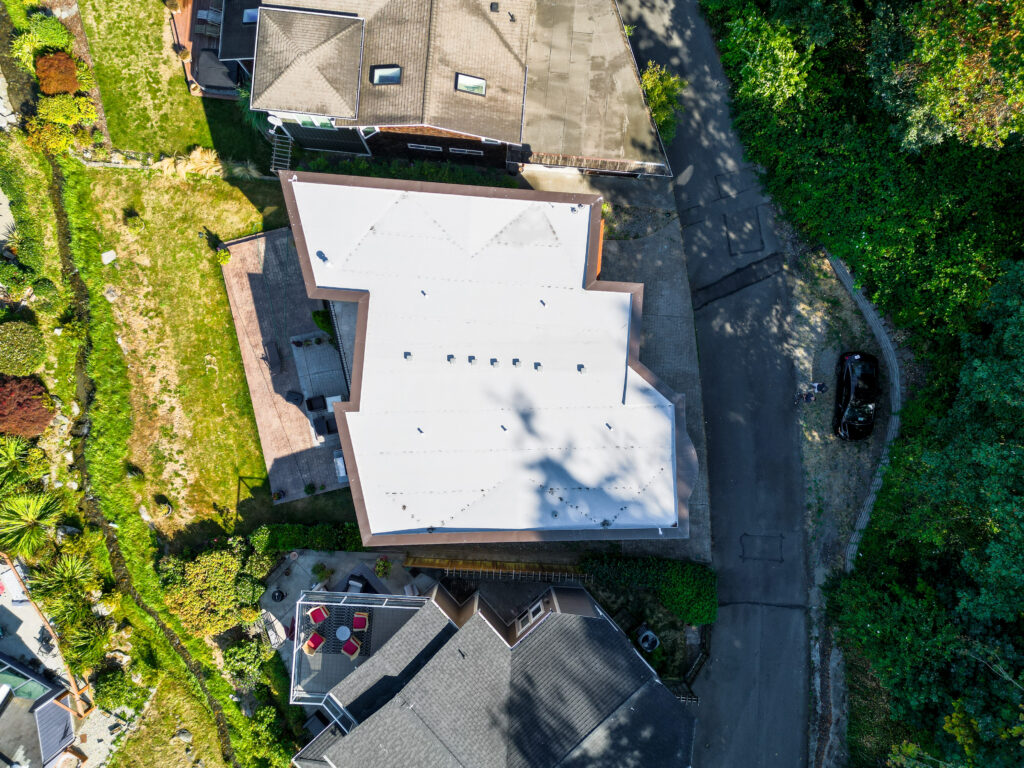
This factor should be given careful attention while budgeting for your roofing project, as accessibility can have a substantial impact on overall costs.
Existing Roof Condition
The state of your current roof may affect the overall cost of a roof replacement. Should the existing roof be in subpar condition, extra preparatory measures might need to be taken, which would raise the total costs involved. Opting to repair small-scale damage could serve as an effective substitute for complete roof replacement and can result in significant savings.
Conducting a precise evaluation of the condition of your roof is critical in preventing unforeseen expenses during the process.
Labor Costs
The expense of labor for installing a flat roof can differ significantly depending on the size of the company. Various factors influence the cost of labor, such as:
- Roofing professionals’ hourly wage, which falls between $40 to $80 or more.
- Intricate configurations of the roof.
- Limited space availability that can escalate labor expenses and increase overall project costs.
A significant benefit of engaging with a professional is expertise and in-depth knowledge base which can guarantee an ideal roof installation protected with a manufacturer backed warranty. The cost for professional labor may fluctuate based on elements like the type of roofing material selected and the reputation of the roofing company. Before committing, it’s crucial for homeowners to review contractors’ past work references, confirm insurance protections in place, and fully grasp details related to warranty coverage.
Click here for "How to Find a Roofer: 7 Tips from a Seattle Based Roofer"
Hidden Costs of a Poorly Installed Roof
While the upfront cost of a flat roof replacement is a major consideration, it's equally important to be aware of the hidden costs that can arise from a roof that is not installed properly. A poorly installed roof can lead to a variety of issues that significantly increase your overall expenses over time.
Increased Repair and Maintenance Costs
Improper installation can cause premature wear and tear, leading to frequent flat roof repairs. Issues such as leaks, blistering, and membrane punctures may develop, requiring costly fixes that could have been avoided with a quality installation.
Reduced Roof Life Span
A roof that is not installed correctly often has a shorter life span. This means you may need to replace the roof sooner than expected, resulting in additional replacement costs much earlier than planned.
Potential Structural Damage
Water infiltration caused by an improperly sealed or installed roofing membrane can damage the roof deck and underlying structures. This can compromise the integrity of your building, leading to expensive structural repairs.
Voided Warranties
Many roofing manufacturers require professional installation to honor their warranties. If the roof is installed incorrectly or by an unlicensed contractor, you risk voiding these warranties, leaving you responsible for all future repair and replacement costs.
Energy Efficiency Losses
A poorly installed roof may lack proper insulation or sealing, reducing energy efficiency. This can increase heating and cooling expenses, especially in northern climates where energy efficiency is crucial.
Safety Risks
Improper installation can create safety hazards, including unstable roof surfaces that pose risks to anyone accessing the roof for maintenance or inspections.
Ensuring your flat roof is installed properly by an established roofing crew using premium materials is essential to avoid these hidden costs. Investing in quality installation upfront can save most homeowners substantial money and stress in the long run.
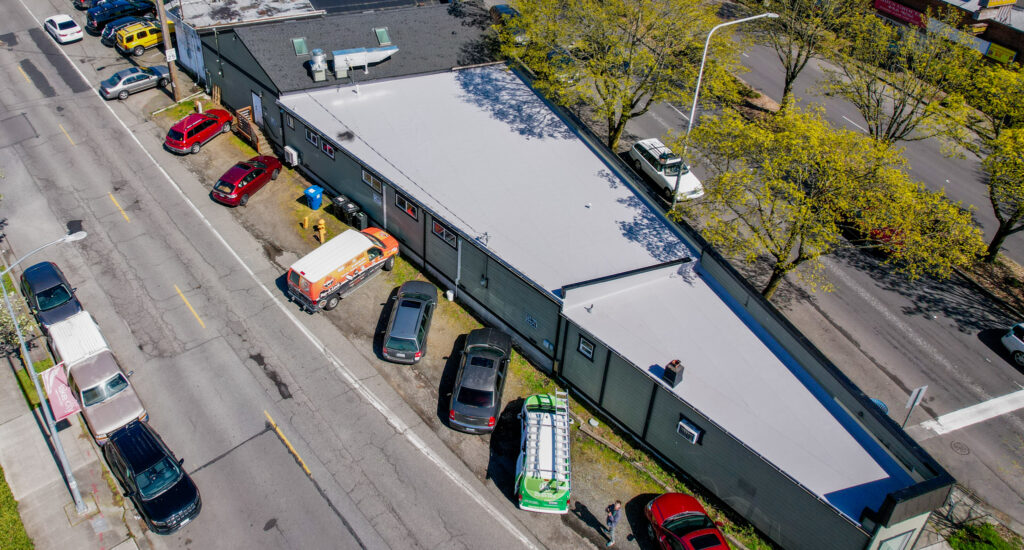
Additional Cost Considerations
Additional elements can impact the total expense involved in replacing your flat roof. This encompasses variations in regional labor charges and the necessity for obtaining permits, which differ from one area to another.
Being cognizant of these considerations allows you to anticipate possible extra costs that may arise.
Roof Removal
The cost of removing old roofing materials can vary depending on the complexity and number of layers to be removed. On average, total costs for roof removal range from $1,000 to $1,500 or more.
Multiple layers or hazardous materials can increase removal costs by about 30%.
Permits and Inspections
The process of replacing a flat roof includes essential steps such as securing permits and having the work inspected. These fees fluctuate depending on local laws and the extent of your roofing project, with final inspection costs post-roof replacement ranging from $120 to $300 or more.
Employing a seasoned roofing contractor is crucial for adhering to building codes and maintaining safety standards throughout the job.
Drainage Systems
Ensuring appropriate drainage is key to averting the formation of water pools and subsequent damage on flat roofs. While the expense may differ, enhancing drainage systems is essential for effective water direction management.
Functioning as a conduit that channels water towards the drainage system, a scupper plays an integral role in roof maintenance. To safeguard the roof’s integrity, equipping it with a scupper liner is imperative.
Choosing the Right Roofing Material
Selecting the appropriate material for roofing involves finding an equilibrium between financial considerations, resilience, and visual taste. Materials such as PVC, TPO, and metal are acknowledged for their robustness and typically include lengthy warranties. They provide greater endurance with less frequent needs for repairs as time goes on.
When choosing materials for your roof, it’s essential to weigh initial expenses against the prospects of long-term efficacy and durability. Hard-wearing materials frequently offer prolonged warranties that augment their overall worth. The ideal material selection can markedly influence both the expense involved in a flat roof project and its eventual functional success.
TPO Roofing
TPO roofing is a popular choice for flat roofs. These are benefits making TPO a cost-effective and durable option for flat roof replacement. TPO does not get damaged touching petroleum-based materials.
- Compatibility with petroleum-based products
- Lower upfront cost
- Best for mixed roofs (shingles & flat), residential, energy-focused
PVC Roofing
PVC roofing is recognized for its strength, longevity, and energy efficiency. It is resistant to chemicals, fire, and high winds, making it a premium choice for flat roofs. Though more costly upfront, its durability and low maintenance needs can provide savings over time. PVC does get damaged touching petroleum-based materials.
- Damaged by petroleum products (asphalt shingles, some adhesive tapes, etc.)
- Chemical Resistance to grease, oils, solvents
- Excellent on standalone flat roofs
- Higher upfront cost
- More pliable for roofs with many penetrations or elevation changes
- Best for Restaurants and other buildings exposed to animal fats, building near airports
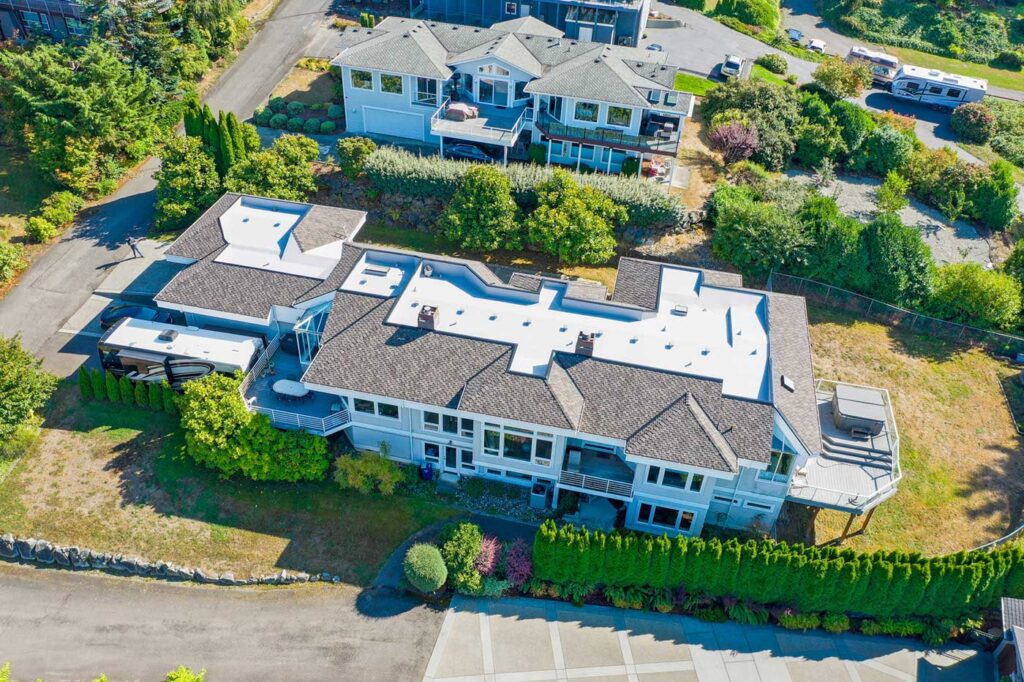
Certified WeatherBond Flat Roof Replacement Roofers
At Three Tree Roofing, we take pride in being a certified WeatherBond roofer. As a WeatherBond Recognized Contractor, we provide a 20-year extended warranty on all low slope roofing projects. Our installation technicians are factory trained and certified to ensure top-quality workmanship. This Recognized Contractor warranty covers both materials and labor for any necessary replacements, making it the strongest low slope roofing warranty available. With this warranty, you gain valuable insurance on your roofing investment, giving you peace of mind and long-lasting protection.
Certified Roofer
Professional Installation vs. DIY Flat Roof Replacement
When considering the replacement of a flat roof, it is crucial to evaluate whether to engage professional services or undertake the project through DIY. Both choices come with their own set of advantages and disadvantages, which this segment aims to explore in order for you to make an informed decision.
Professional Installation
Employing a skilled roofing contractor comes with numerous benefits, such as:
- Adherence to local building regulations
- High-quality installation by experts
- Access to advanced roofing tools and machinery
- Labor warranty protection for homeowners typically extending from 5 to 10 years or more
Seasoned roofing companies often command higher labor fees than their less experienced counterparts, but the superior quality of work justifies the extra expense.
A significant benefit of engaging with a professional is their depth of expert knowledge which can enhance the overall standard of roof installation. Your roof is a long-term investment, so ensuring the warranty remains valid and that the roof lasts its full expected lifetime is crucial. Poor installation can invalidate warranties or lead to premature roof failure, ultimately costing you more in the long term due to repairs or early replacement. The cost for professional labor may fluctuate based on elements like the type of roofing material selected and the reputation and experience of the contracting firm. Before committing, it’s crucial to consider these considerations with hiring professionals before making your decision about replacing your roof.
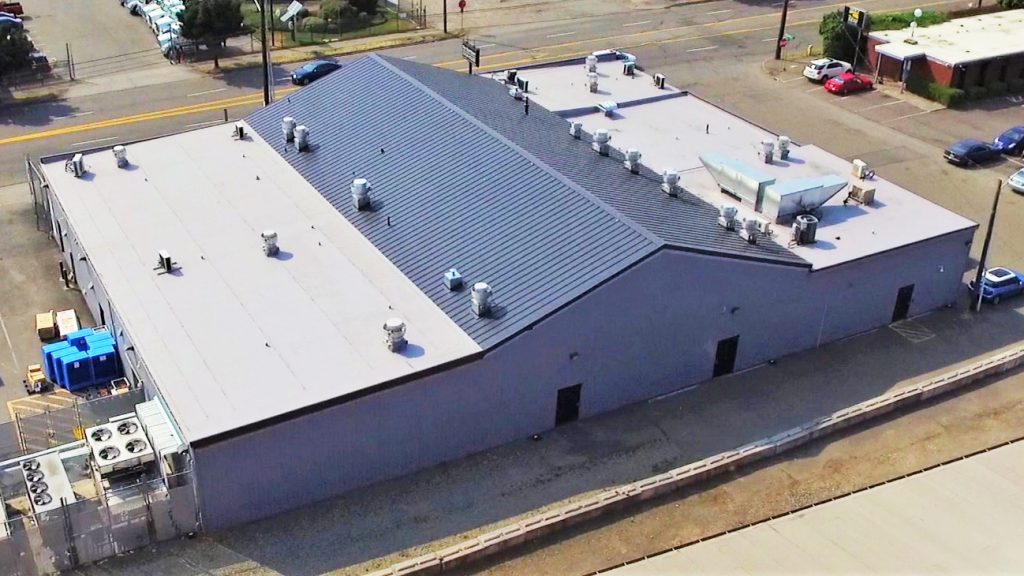
Tips to Save Money on Flat Roof Replacement
This segment will offer valuable advice on how to remain within your financial limits while ensuring quality isn’t sacrificed during a flat roof replacement. We’ll outline several effective techniques to help you cut costs on your roofing project.
Get Multiple Quotes
Assessing various contractors reveals discrepancies in what they offer, empowering homeowners with the information needed to choose the most suitable service provider for their requirements. By obtaining several quotes, property owners can weigh the differences in prices and services to make educated choices. It is recommended that they obtain a minimum of three estimates from nearby contractors for a thorough grasp of the costs and alternatives available.
Pro tip: look for roofing certifications on your quote. Installers like Three Tree Roofing pass rigorous factory audits to earn it as we do with WeatherBond, Tesla, CertainTeed, Malarkey, and other manufacturers.
Schedule Off-Season Installations
Arranging for a roof replacement during the off-season can lead to substantial savings. During these periods, labor costs are typically lower and it’s easier to find available scheduling slots.
In essence, by timing your roofing project for the off-season, you stand to benefit from reduced expenses as well as potentially faster job completion due to better availability.
Benefits of Replacing a Flat Roof
Replacing a flat roof offers numerous benefits beyond just a new roof appearance, including flat roof repairs. You may also consider how to replace a flat roof effectively. This section will explore some of the key advantages of investing in a new flat roof.
- Increased Home Value
- Improved Energy Efficiency
- Enhanced Safety and Durability
Increased Home Value
Installing a new flat roof on a home can enhance its overall value and attractiveness in the market, potentially yielding a return on investment ranging from 50% to 60%, according to current real estate market trends.
Improved Energy Efficiency
Updated materials for flat roofing have the capability to diminish energy use substantially by offering improved insulation compared to traditional options. These contemporary flat roofing substances are also engineered to deflect a greater amount of sunlight, akin to cold roofs, which decreases the necessity for air conditioning in warmer periods.
The enhancement in energy efficiency brought about by these advanced roofing materials leads to reductions in utility expenses and contributes towards creating living spaces that are more conducive to saving energy.
Enhanced Safety and Durability
Installing new roofing on a flat roof diminishes the likelihood of leaks and structural compromise, thus safeguarding the integrity of the residence. By acquiring proper roofing knowledge, one can Prevent potential issues with leakage and structural deterioration that frequently afflict older roofs.
Committing funds to a new flat roof is not just a remedy for current safety issues, but also enhances the enduring durability of your dwelling.
Summary
Comprehending the nuances of flat roof replacement costs is essential for a well-informed choice. Each element, including the selection of appropriate materials and factoring in extra expenses such as permits and drainage systems, contributes to the total cost. Opting for professional installation provides assurance and adherence to building regulations. Undertaking a DIY project might offer initial savings but also comes with considerable hazards. Adhering to money-saving tips while maintaining your new flat roof can lead to advantages like better energy efficiency, heightened property value, as well as improved safety and longevity.
If you are in Seattle and ready to replace your flat roof, Three Tree Roofing’s WeatherBond certified team delivers peace of mind: manufacturer-backed warranties, expert installation, and locally owned service.
Three Tree Roofing Flat Roofing Services
Three Tree Roofing has dedicated flat roofing teams who live, breath, and eat flat roofing. They attend specialized training from flat roofing manufacturers. Being the best flat roofers in the world is 100% of their focus. Give us a call to talk about your flat roof replacement or click on one of the links below to learn more about Three Tree Roofing's flat roof replacement services.
